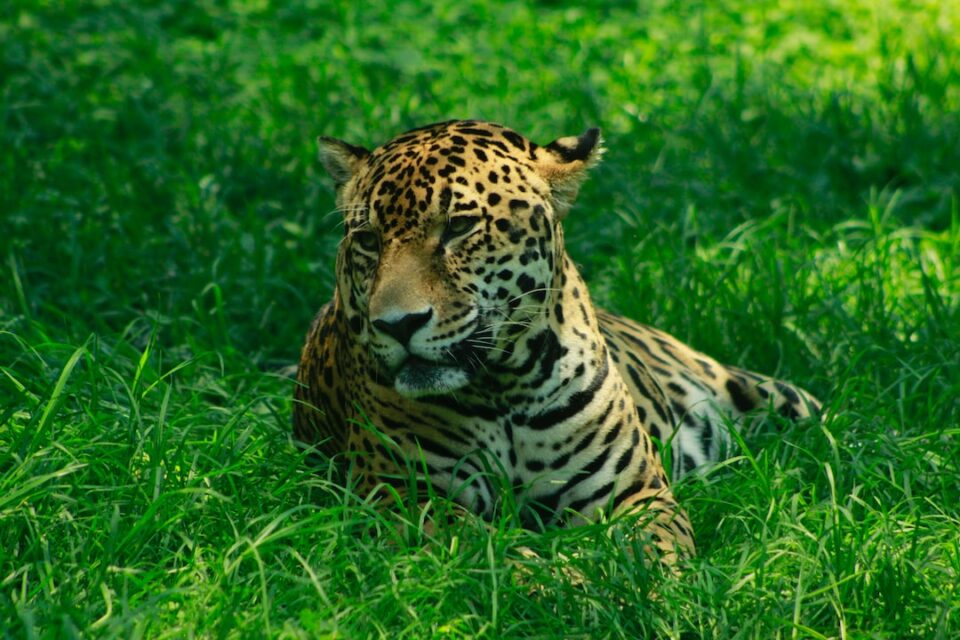Title: Handling Wildlife Conservation: Balancing Human Needs with Animal Protection
Introduction
In a world where the increasing human population is encroaching upon natural habitats and endangering various wildlife species, the pressing need for wildlife conservation has become paramount. However, striking the right balance between meeting human needs and protecting the animal kingdom is a complex and delicate task. This blog post aims to explore the challenges of wildlife conservation and highlight effective strategies to harmonize human activities with animal welfare.
The Importance of Wildlife Conservation
Wildlife conservation is crucial for the overall health of ecosystems and the survival of numerous species. The intricate web of life depends on the interdependence between animals, plants, and humans. Preserving biodiversity helps maintain the delicate equilibrium necessary for the planet’s sustainable development. Furthermore, wildlife conservation promotes ecotourism, ethical practices, and scientific advancements that benefit humanity.
Understanding the Challenges
1. Habitat Destruction: Rapid urbanization, deforestation, and agricultural expansion are the leading causes of habitat destruction and fragmentation. As humans require more space and resources, animals face displacement and struggle to adapt, increasing their vulnerability to extinction.
2. Human-Wildlife Conflict: The shrinking habitats force animals to venture into human settlements, leading to conflicts. Crop raids, livestock predation, and even attacks on humans endanger both wildlife and human lives.
3. Illegal Wildlife Trade: Poaching and the illegal wildlife trade remain pervasive issues threatening endangered species’ survival. Driven by black market demand, it threatens various animals, including elephants, rhinos, and tigers.
4. Climate Change: The rapidly changing climate affects wildlife habitats and ecosystems, leading to changes in migration patterns, declining food availability, and increased vulnerability to diseases. Conservation efforts must incorporate climate change considerations to ensure long-term success.
Strategies to Balance Human Needs with Animal Protection
1. Promoting Sustainable Development: Governments and organizations must prioritize sustainable development practices to limit the degradation of natural habitats. Responsible land-use planning and regulation of resource extraction can guarantee that human needs are met without causing irreparable harm to wildlife.
2. Implementing Wildlife Corridors: By establishing wildlife corridors and protected areas, we provide animals with safe passage to move between fragmented habitats. These corridors facilitate genetic diversity and increase resilience among populations.
3. Educating Communities: Raising awareness among local communities about wildlife conservation is vital. Empowering them with knowledge about the importance of animals and their role in the ecosystem can lead to a greater understanding and empathy towards coexisting with wildlife.
4. Supporting Alternative Livelihoods: Providing sustainable, alternative livelihood options for communities that depend on wildlife resources for survival is essential. This reduces their reliance on poaching or illegal activities, minimizing the threats wildlife face.
5. Enforcing Strict Legislation: Governments should enact and enforce stringent laws to deter poaching, the illegal wildlife trade, and habitat destruction. Collaboration between nations and international organizations is crucial to combating transnational wildlife crimes effectively.
6. Promoting Ecotourism: Encouraging responsible and sustainable ecotourism practices can contribute to local economies while emphasizing the need to conserve wildlife. Ecotourism can generate revenue for conservation efforts and provide incentives for local communities to protect their natural heritage.
Conclusion
Balancing the needs of a growing human population with the protection of wildlife presents a colossal challenge. However, it is not an insurmountable one. By implementing sustainable development practices, preserving habitats, and engaging communities in conservation efforts, we can achieve a harmonious coexistence with the animal kingdom. Through education, legislation, and alternative livelihoods, we can channel human activities towards a future that values and protects the world’s biodiversity. By striking the right balance, we can ensure a sustainable future, where both humans and animals thrive.

